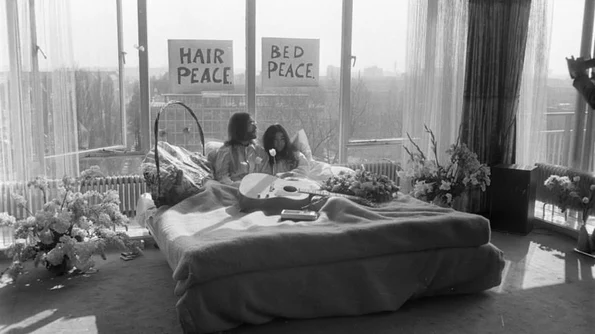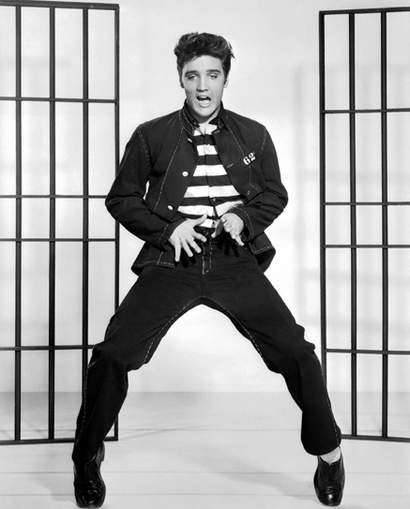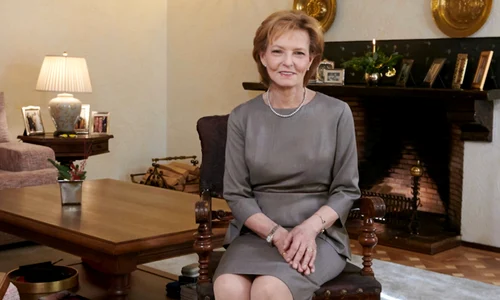
The Roots of the Sexual Revolution in the 1960s United States
Elvis’ lower body was censored in all of his three performances on the Ed Sullivan Show and because of this, he appeared unnatural on the TV screen. However, the sensuality of his lips, eyes and lyrics was unmistakable and it made the censoring of his pelvis even more obvious. Similarly, there was Mick Jagger’s smile during the same show in 1967 where he sang “Let’s spend some time together”. Yet, his real message was “Let’s spend the night together” which was not lost on the audience.
Young people invoked and used sex not only for pleasure, but also as a source of power for new form of cultural policy which shook the American nation to its core. Those who were involved in the “youth’s revolution” knew all too well that the fight for the future of the US would not be waged through the traditional political structures, but on the field of cultural values. Sex was only an instrument of a rather political revolution.

Writers, artists and musicians took on the culture of protest. Bob Dylan and Joan Baez were among the most influential folk singers. Dylan’s “The Times are A-Changin’ ” became the protester’s anthem. Also, the hippie movement began in the 1960s. In 1969, John Lennon and Yoko Ono spent seven days in bed in the Amsterdam Hilton Hotel’s presidential suite, in order to protest against the “war and violence in the world.” The Rolling Stones were very popular in the 1960s and they took part in the Woodstock festival nicknamed by the activists “Three days of peace and music.” More than 450.000 people came to a pasture in Sullivan County between 15thand 18thAugust 1969 where Creedence Clearwater Revival, The Who and Jimi Hendrix performed.

The sexual revolution appeared because of the tensions between the public and private life, the private attitudes and the public rules which ruled them. People enjoyed sexual relationships outside of marriage, but few owned up to it in public. Young women and sometimes men who might have had sexual encounters with people who were not their spouses risked being expelled from schools and faculties. Moreover, homosexual people could have been imprisoned for their sexual preferences.
Moreover, the US experienced great tensions over the Kinsey Reports which were collective studies about people’s sexual behavior. Until 1953, the scientific report “Sexual Behaviour in the Human Male”released in 1948 was sold in over a quarter million copies. The volumes on both men and women were controversial, but according to the Look Magazine, the one about women stirred more controversy. The Kinsey Reports revealed that 50% of women who participated in the study had sexual relationships before marriage (even though 89% were against it citing “moral grounds”) and 61% of college educated men and 84% high school educated men enjoyed sexual relationships outside of marriage.
Many people were sceptic about the Kinsey Reports and thought they were quite a danger should they be released to the general public. However, Kinsey undermined preset rules by proving there was a certain difference between the declared and hidden culture. The Chicago Tribune wrote of Kinsey as “a threat to society”, whereas the Time Magazine warned its readers about its immoral attitude. The Ladies’ Home Journal published an article about Kinsey where it was mentioned that “Behaviours in this study should not be considered moral or social justifications for individual acts.”

The sexual revolution of the 1960s was created because of these tensions, yet until that moment, it seemed to be rather progressive than revolutionary. People living in those times and not historians labelled these changes as “sexual revolution”. They termed it like this even before the revolutionary Gay Liberation Movement of 1969, the feminist movement and the release of Alex Comfort’s 1972 book The Joy of Sex. Thus, the term “sexual revolution” is used since 1963, earlier than previously thought.
The sexual revolution of the 1960s was created because of these tensions, yet until that moment, it seemed to be progressive, not revolutionary. People living in those times and not historians labelled these changes as “sexual revolution”. They termed it like this even before the revolutionary Gay Liberation Movement of 1969, the feminist movement and Alex Comfort’s 1972 book The Joy of Sex. Thus, the term “sexual revolution” is used since 1963, earlier than previously thought.
The American culture experienced a sexualization throughout the 20thcentury, more specifically during the 1920s, 1940s and 1960s. Sexual images were gradually more common in people’s daily lives and thus, sex was effectively used on a market which offered Americans satisfaction through consumption. These new representations evolved progressively and did not provoke the traditional role either of sexuality, men or women. The cultural sexualization was illustrated through the appearance of magazines such as Playboy and Cosmo.
Throughout the 1960s and beyond, a great number of young people started living together without being married. Whereas sex was part of a relationship – and probably more important than the majority of people cared to admit – few used concepts such as “pleasure” or “free love”. Instead, they worded their relationship as “family”, “sincerity” or “implication”. The revolutionaries saw as important the efforts the students of University of Kansas made, in order to build a mixt home.
The changes of the ‘60s’ sexual behaviours were experimented and defined as revolutionary, because they were mainly connected to the youth. According to the press, the American youth was completely revolted. Yet, sexual revolution was not limited to the young people, since sexual freedom was only a part of the revolutionary claims.
The sexual revolution appeared in the ‘60s climate of a liberal government, economic prosperity and fear of nuclear annihilation. Lyndon Johnson was the first American President who approved of contraceptives which very much helped change the attitude towards sexuality in the 1960s.
Lewis Gilbert’s movie Alfie based on Bill Naughton’s 1955 play thoroughly encapsulated the spirit of the 1960s. Another cult film of the decade was Alain Resnais’ “Last Year in Marienbad”.
However, the most important period of the revolution were the 1970s when the 1960s evolutions came together with the homosexual, feminist movement and the affirmations for the importance of cultural differences. Should we concentrate on the first years of the sexual revolution, we would notice the sexual ideologies and behaviours which determined this transformation.















